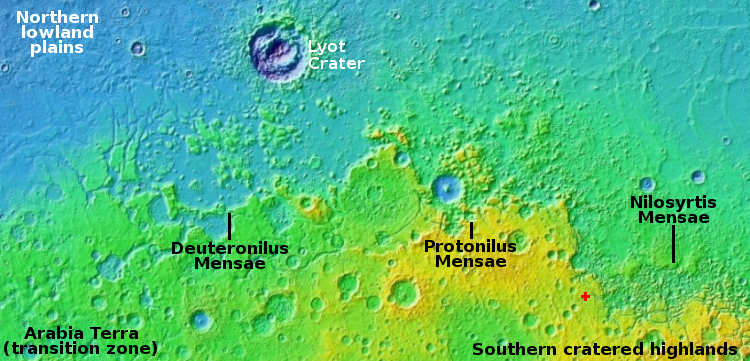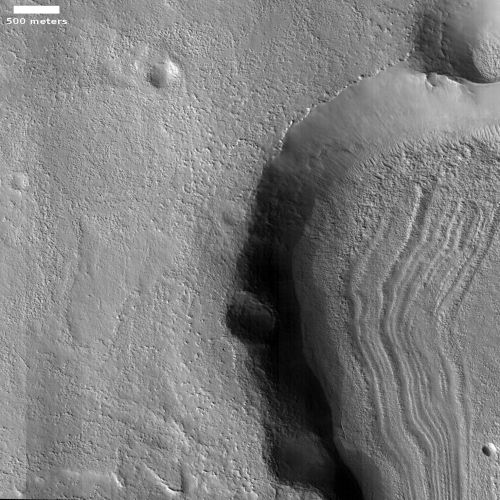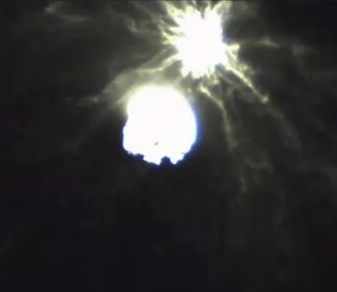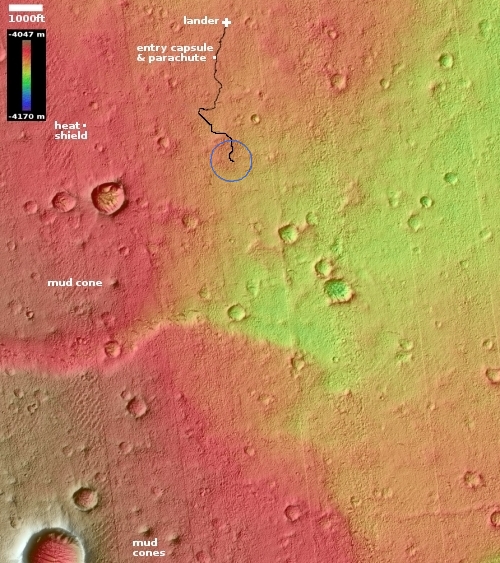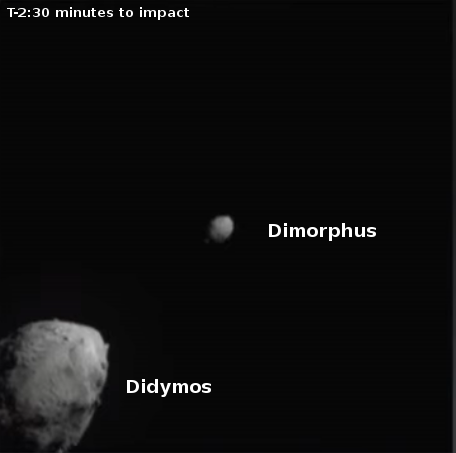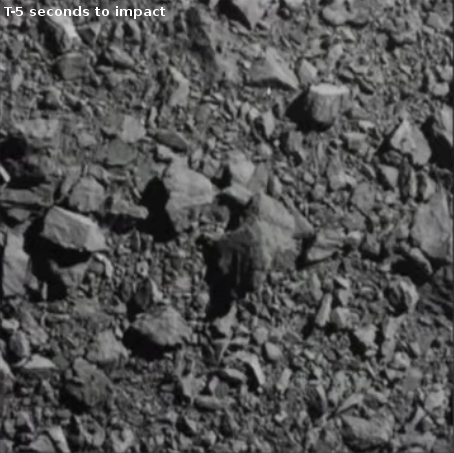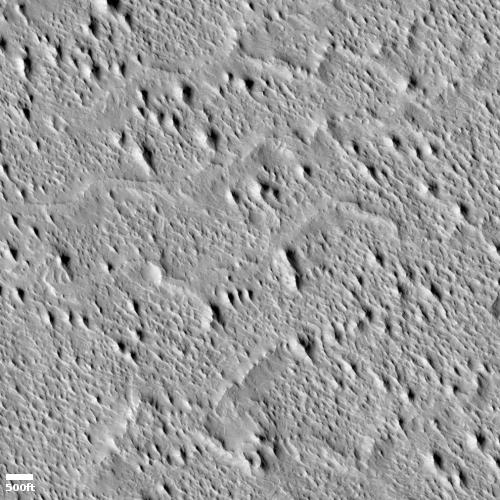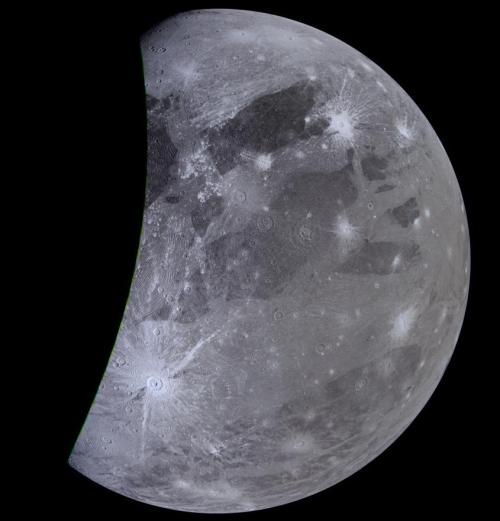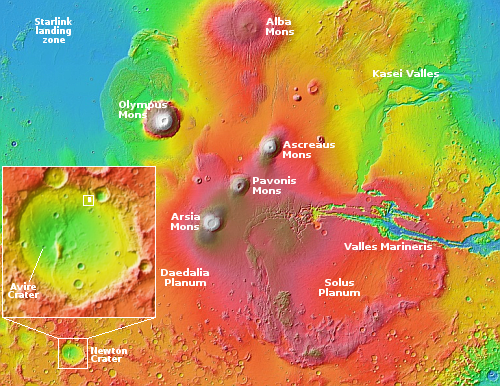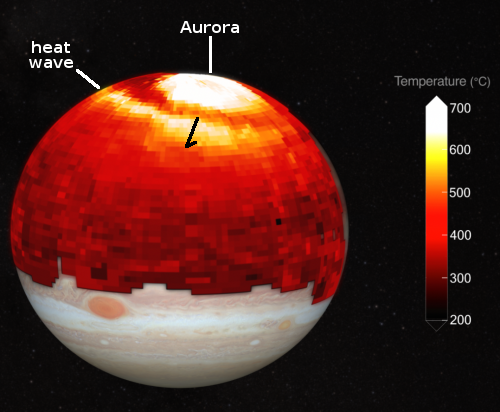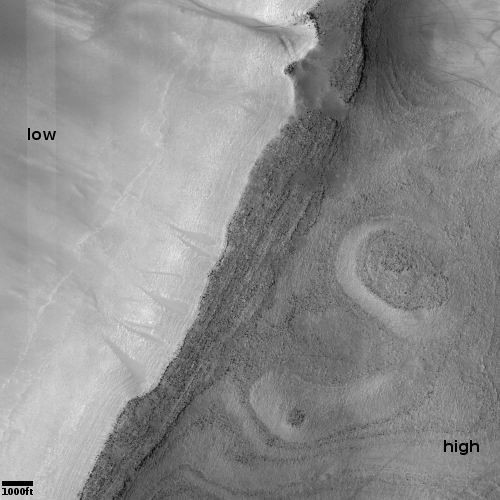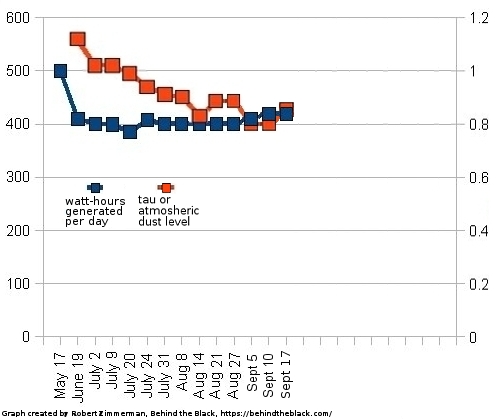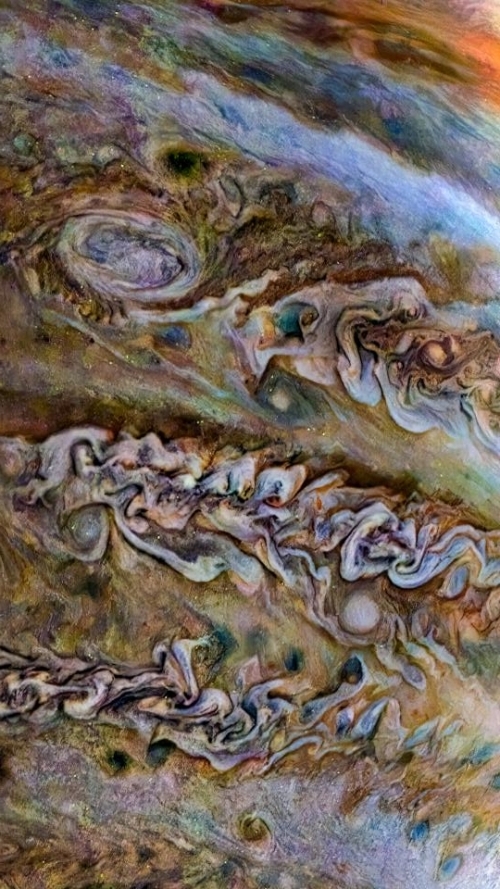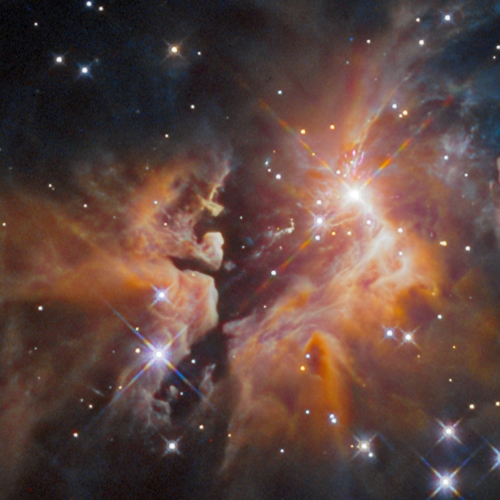Lunar mountains and wrinkle ridges
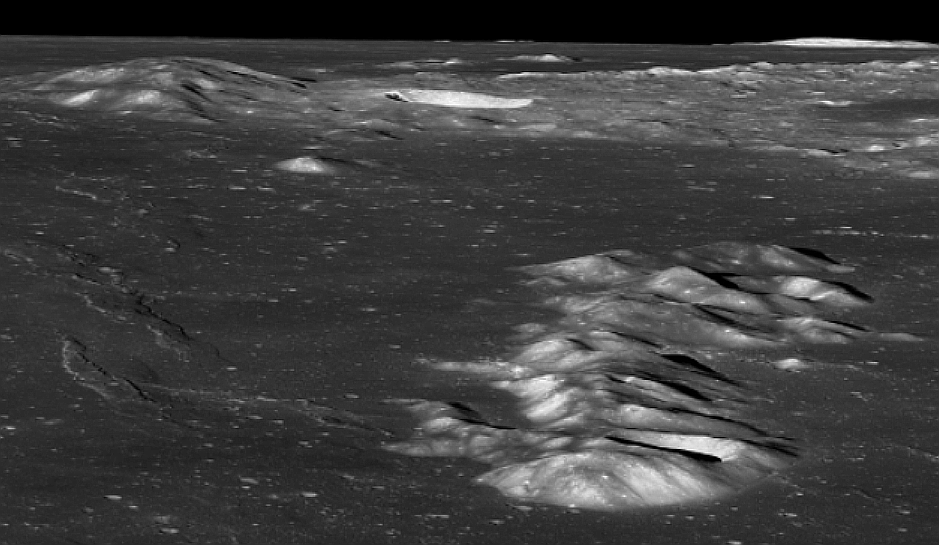
Cool image time! The photo above, taken by Lunar Reconnaissance Orbiter (LRO), was released today by the orbiter’s science team, and provides us an oblique look at the mountains dubbed Montes Recti (lower right) and the wrinkle ridges near them (lower left). The highest point in this mountain range is about 5,900 feet high.
The image looks west across the northern part of the mare region dubbed Mare Imbrium, the dark area on the Moon’s visible hemisphere near its top. In the distance can be the mountains that form part of mare’s rim. The rounded peak in the top right is Promontorium Laplace (about 8,530 feet high). It is named this because it projects out (a promontory) into the mare a considerable distance from the rim. The crater at top center is Laplace D. As for the wrinkle ridges, the scientists describe them like so:
Tectonic landforms are those formed by forces that act to either contract or pull apart crustal materials. These forces develop faults or breaks in the crustal materials, and movement or slip along the faults form either positive or negative relief landforms. On the Moon, positive relief contractional landforms are the most common. The most significant contractional landforms on the Moon are wrinkle ridges, found exclusively in the dark mare basalts.
Essentially, something caused the ground to contract, which caused it to break at these ridges and be forced upward.

Cool image time! The photo above, taken by Lunar Reconnaissance Orbiter (LRO), was released today by the orbiter’s science team, and provides us an oblique look at the mountains dubbed Montes Recti (lower right) and the wrinkle ridges near them (lower left). The highest point in this mountain range is about 5,900 feet high.
The image looks west across the northern part of the mare region dubbed Mare Imbrium, the dark area on the Moon’s visible hemisphere near its top. In the distance can be the mountains that form part of mare’s rim. The rounded peak in the top right is Promontorium Laplace (about 8,530 feet high). It is named this because it projects out (a promontory) into the mare a considerable distance from the rim. The crater at top center is Laplace D. As for the wrinkle ridges, the scientists describe them like so:
Tectonic landforms are those formed by forces that act to either contract or pull apart crustal materials. These forces develop faults or breaks in the crustal materials, and movement or slip along the faults form either positive or negative relief landforms. On the Moon, positive relief contractional landforms are the most common. The most significant contractional landforms on the Moon are wrinkle ridges, found exclusively in the dark mare basalts.
Essentially, something caused the ground to contract, which caused it to break at these ridges and be forced upward.




